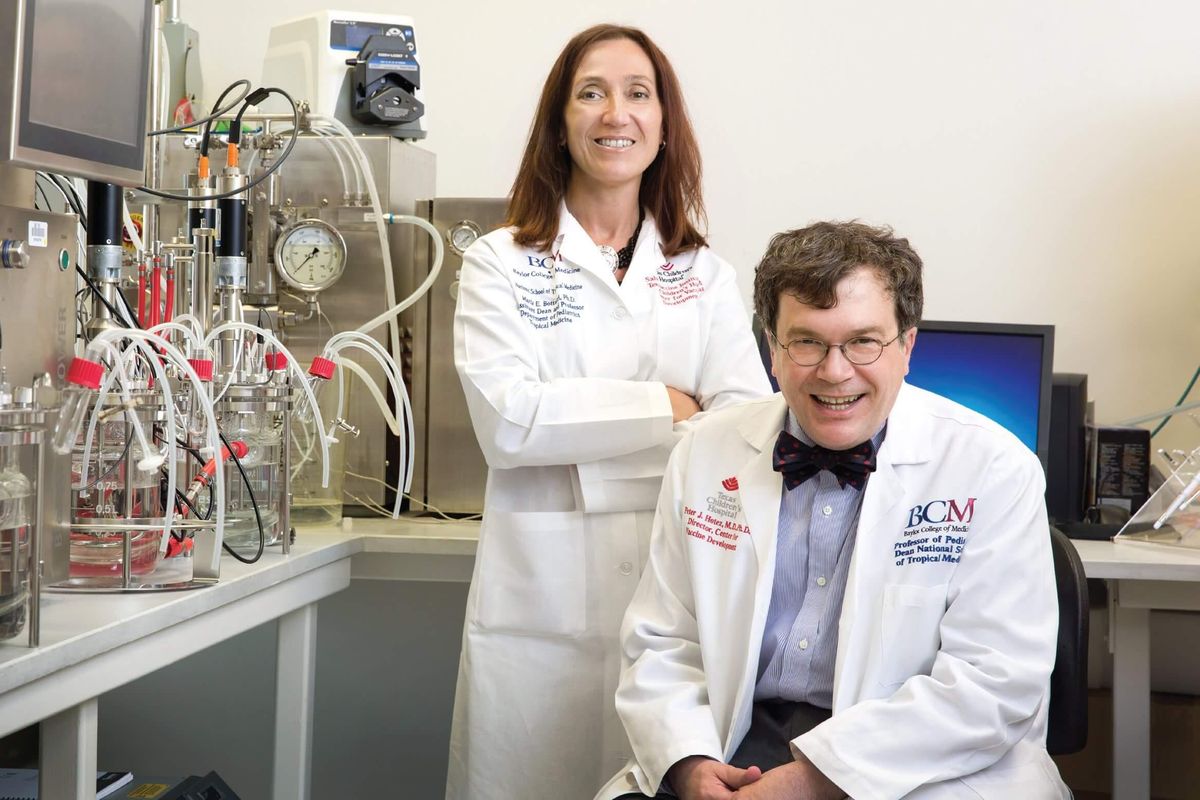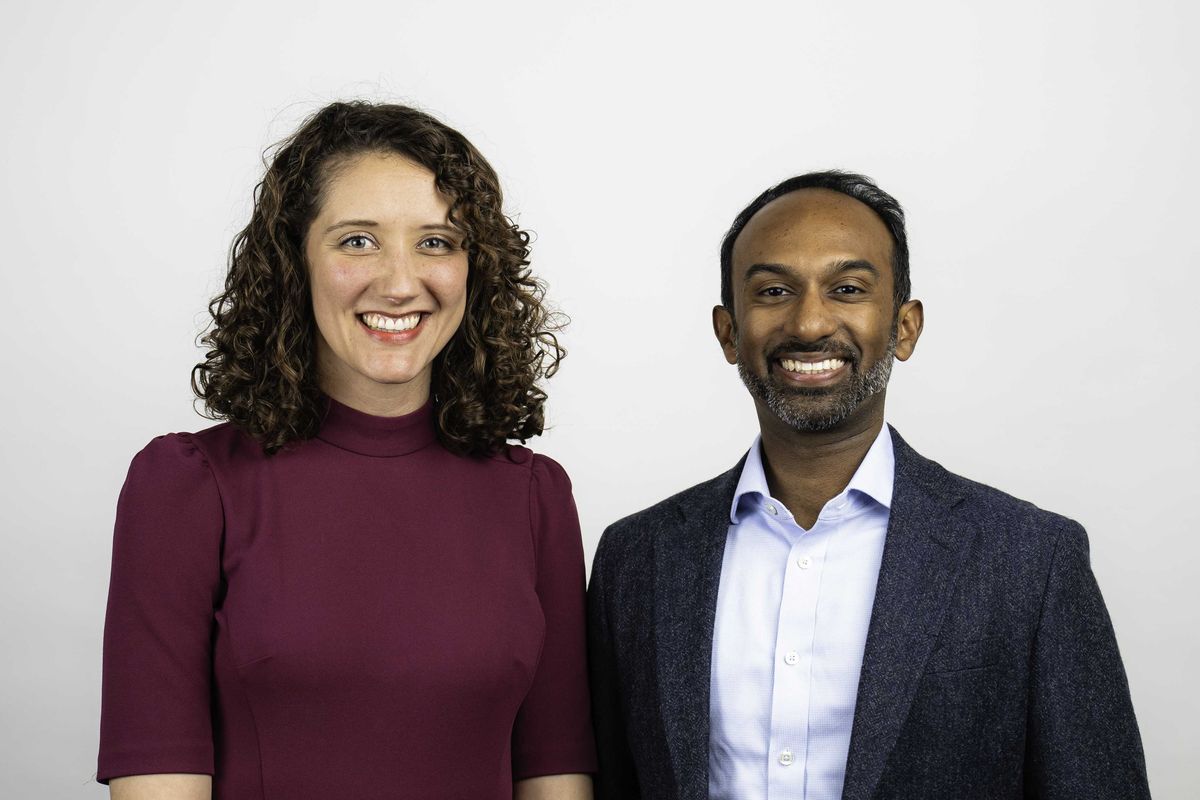Houston physical therapist designs medical device to better treat joint injuries
hot and cold
A great idea can strike anytime — and for Sam Sabbahi, his concept cooked up six years ago while defrosting a chicken for his son’s dinner.
Sabbahi, a physical therapist by trade, knew there had to be a better way to heat and cool common joint injuries — elevating the traditional way of using ice or heat packs.
“In the field, we were always getting people coming in trying to get us to purchase different medical devices and we wondered, ‘who knows what we need better than we do?’” he says. “A patient asked me ‘what a cold pack does’ and I was thinking in my head that a cold pack just cools the skin to three millimeters depth.”
Sabbahi then developed and invented a portable convection-based heating and cooling system device that could be used for joint injury rehabilitation – the device, dubbed Thermocuff, works much in the way that an air fryer circulates the air to get an even temperature.
“It just clicked for me like a light. You know what people say,” he says. “I just got the idea and thought ‘let’s just try this out and see if it would work.”
The device uses air that goes over top of the thermoelectric unit and cycles in a closed loop system. After some proof concept testing, Sabbahi determined that Thermocuff could cool a joint more than twice as quick as the traditional water circulating system that’s currently available on the market now.
The attached tablet connects through Bluetooth to the unit, which allows the patient to increase or decrease the temperature and adjust for heating or cooling.
“You're trying to get the range of motion back,” he says. “We are addressing pain and range of motion now – trying to reduce the swelling inside of a joint to help in function.”
Because the disposable cuff kind of looks like a Chinese finger trap, Sabbahi says it’s not something that you could just make a mold of and then mass produce.
Fast forward to today, Sabbahi and his team of eight have acquired four patents in the U.S., Canada, China and Japan and are waiting on Europe and Mexico.
The team is working toward FDA approval at the end of the year. Thermocuff also has received a grant from the U.S. military. The device is part of the Southwest Pediatric Medical Device Consortium and received grants for production and research from the Medical Technology Enterprise Consortium, which helps startups in the medical field source grants.
The team is targeting business to business, physical therapy clinics, universities, and sports training associations with the hope to move into the consumer market in the coming years.
“We all have ideas is the hardest part, is trying to figure out how to turn your idea into actual product,” he says. “It's fun, actually — kind of like a big puzzle. You know, you're trying to get all, find all the pieces and put them together.”




















